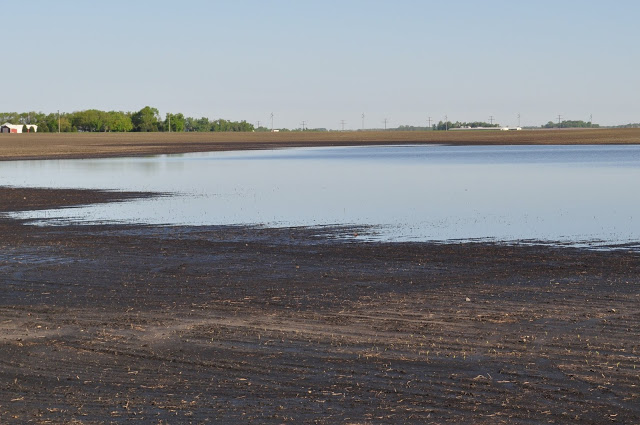August 28, 2019

By: Dan Kaiser, Extension soil fertility specialist, University of Minnesota Extension
Prevented planting situations in parts of Minnesota have led to some questions about potential changes to fertilizer applications. Crediting fertilizer applied prior to the 2019 crop in prevented planting situations depends on the nutrients. Mobile nutrients such as nitrate and sulfate which were applied fall 2018 may not be there and may have been used by weeds or cover crops growing in fields this summer. If some carryover of nitrate is expected, a two-foot soil sample can be used to determine if any nitrogen should be credited. Nitrate can build in situations where a field is fallowed and no crop is grown due to mineralization of organic matter over the growing season.
Crediting of phosphorus and potassium applied in fall 2018 can be done in prevented planting situations as long as plant material was not removed from the field. Phosphorus and potassium are held in soils and will be available for the following crop. If phosphorus and potassium were not applied prior to the 2019 crop, it is not advisable to apply extra fertilizer for the 2020 crop. Soil testing fields which are fallowed can help determine how much fertilizer should be applied. If fertilizer was applied in fall 2018 prior to prevented planting and soils test medium to low in P, it is still advisable to apply a low rate of P as a starter if corn will be grown in 2020.
Fallow Syndrome
Fallow Syndrome can occur in situations where fields are left fallow or in situations where crops which are non-mycorrhizal hosts are grown. Vesicular Arbuscular Mycorrhizal (VAM) colonize corn roots and help with the uptake of phosphorus. Non-host crops such as brassica species and forage radishes can reduce VAM colonization on corn roots and plants can look purple early in the growing season due to reduced uptake of phosphorus.
Three things to consider with Fallow Syndrome:
Just because you are in a situation where Fallow Syndrome may occur does not mean it will. It is less likely that Fallow Syndrome will occur when weeds have been growing in fields.
Fallow Syndrome is correctible by banding phosphorus and cannot be corrected by broadcasting additional P. A rate of 40 lbs. P2O5 banded near the row is advisable to help correct Fallow Syndrome, which is more than should be applied directly on the seed.
If a cornfield is affected by Fallow Syndrome, it is not likely that any fertilizer applied once the symptoms are present will help correct the problem. Monitor fields and hopefully fields will improve over time.
Source: University of Minnesota Extension
The source is solely responsible for the information provided and is wholly owned by the source. Informa Business Media and all its subsidiaries are not responsible for any of the content contained in this information asset.
You May Also Like




